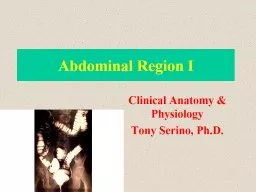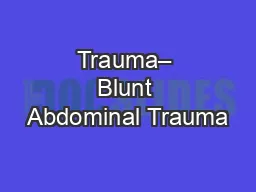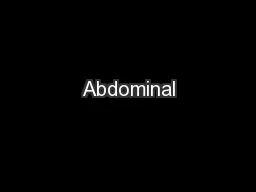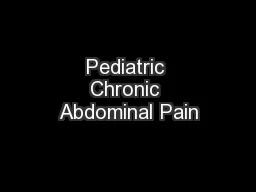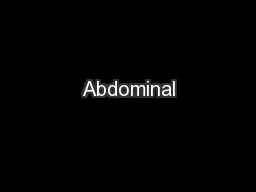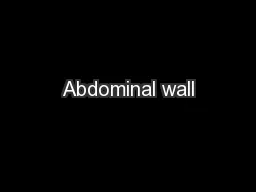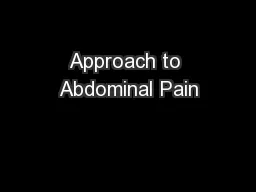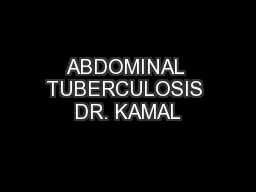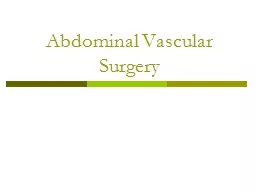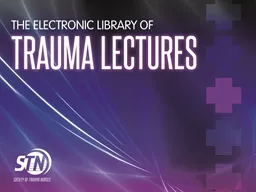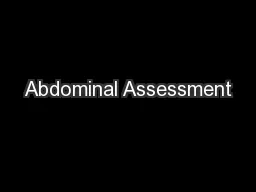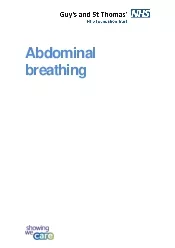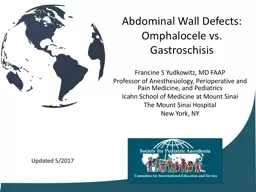PPT-Abdominal Region I Clinical
Author : sylvia | Published Date : 2022-02-10
Anatomy amp Physiology Tony Serino PhD Abdominal 1 Topic Objectives Be able to distinguish between lesser and greater peritoneal cavities Be able to locate viscera
Presentation Embed Code
Download Presentation
Download Presentation The PPT/PDF document "Abdominal Region I Clinical" is the property of its rightful owner. Permission is granted to download and print the materials on this website for personal, non-commercial use only, and to display it on your personal computer provided you do not modify the materials and that you retain all copyright notices contained in the materials. By downloading content from our website, you accept the terms of this agreement.
Abdominal Region I Clinical: Transcript
Download Rules Of Document
"Abdominal Region I Clinical"The content belongs to its owner. You may download and print it for personal use, without modification, and keep all copyright notices. By downloading, you agree to these terms.
Related Documents

